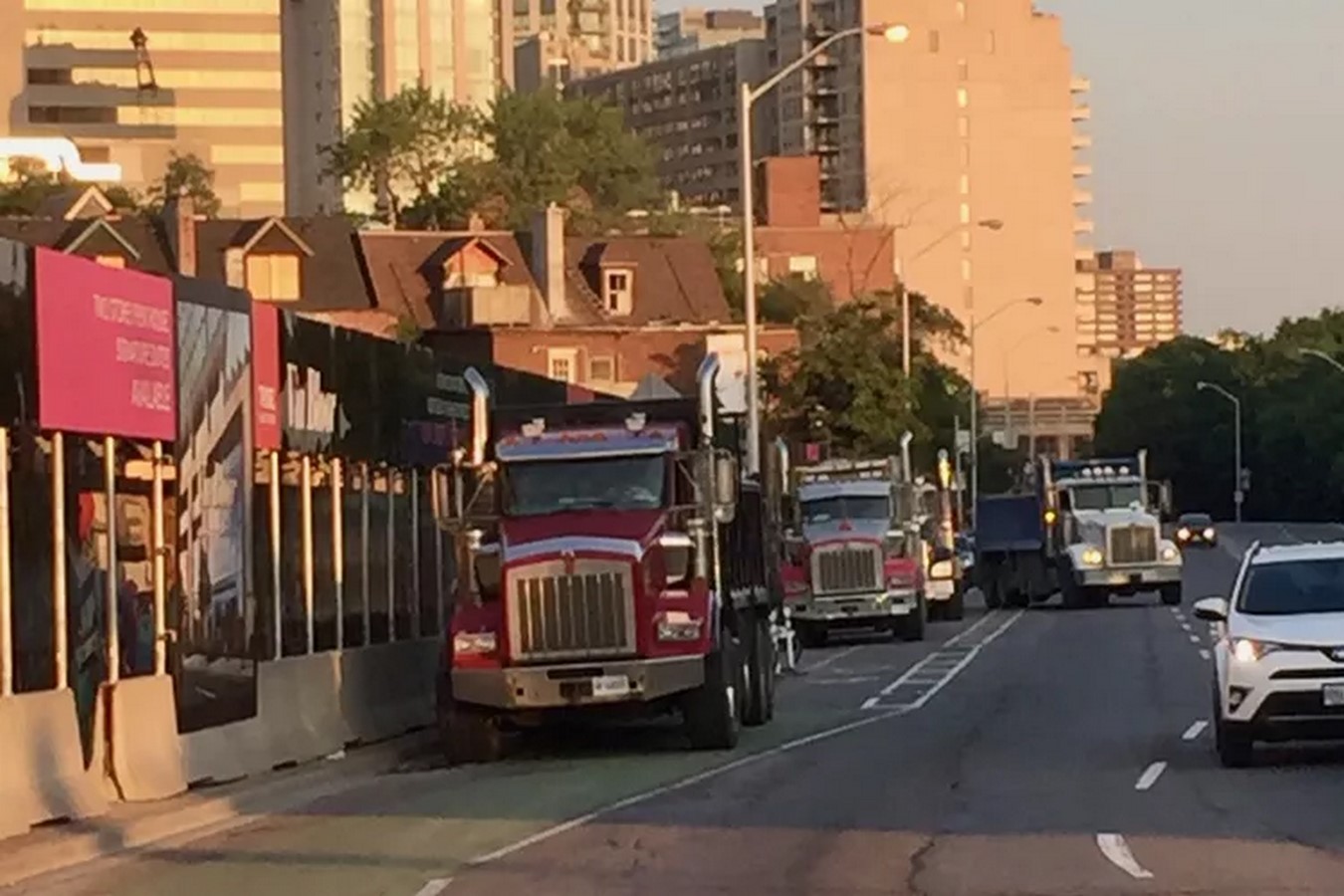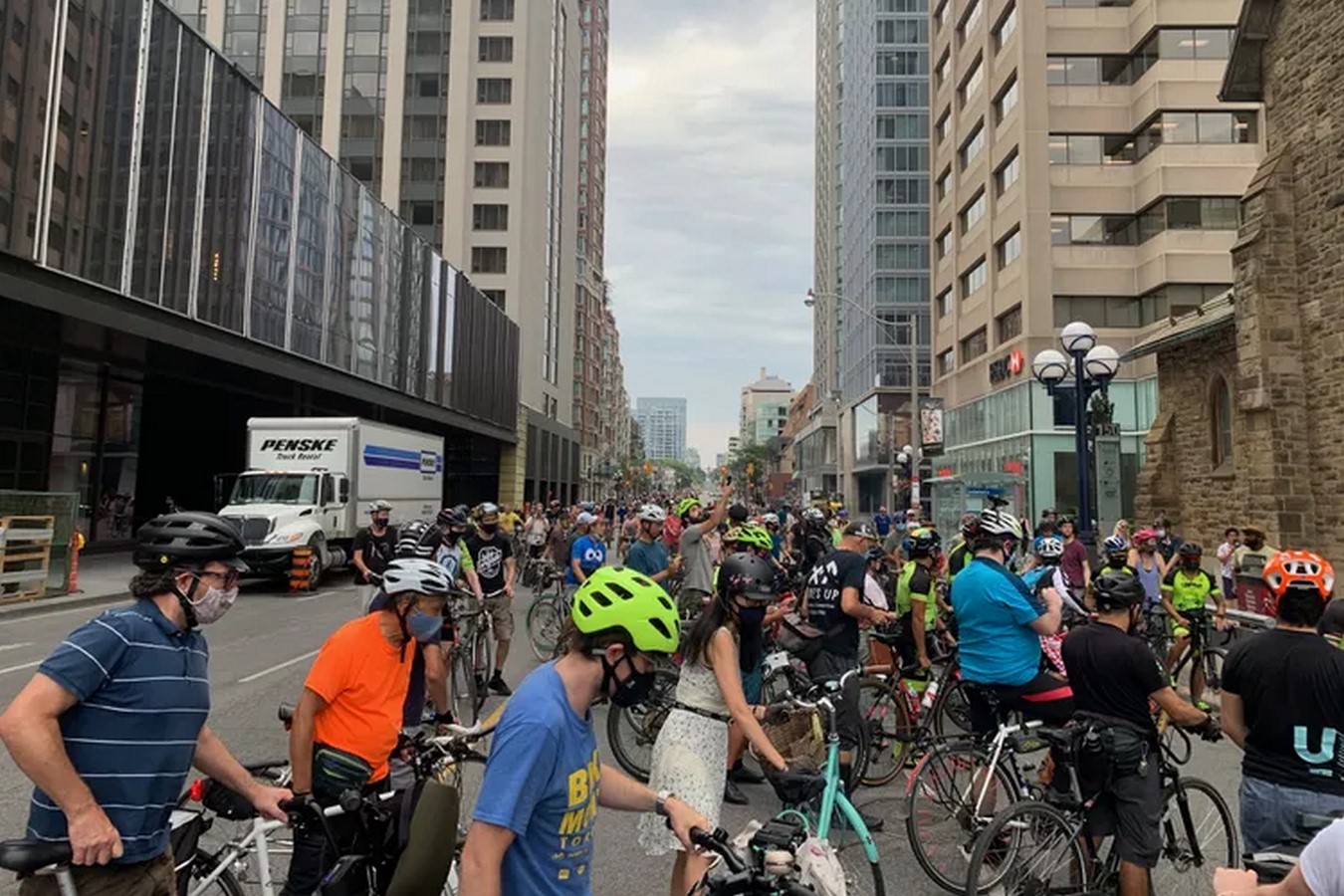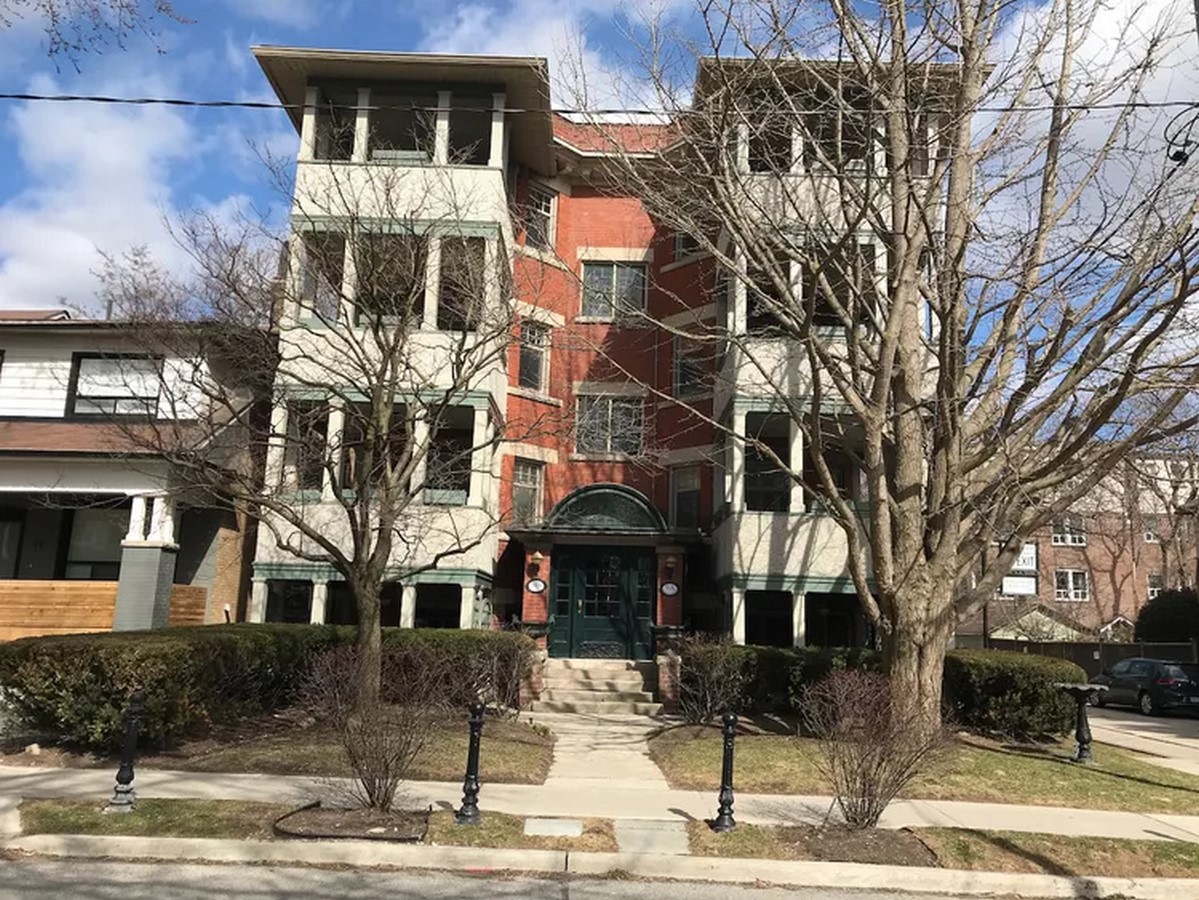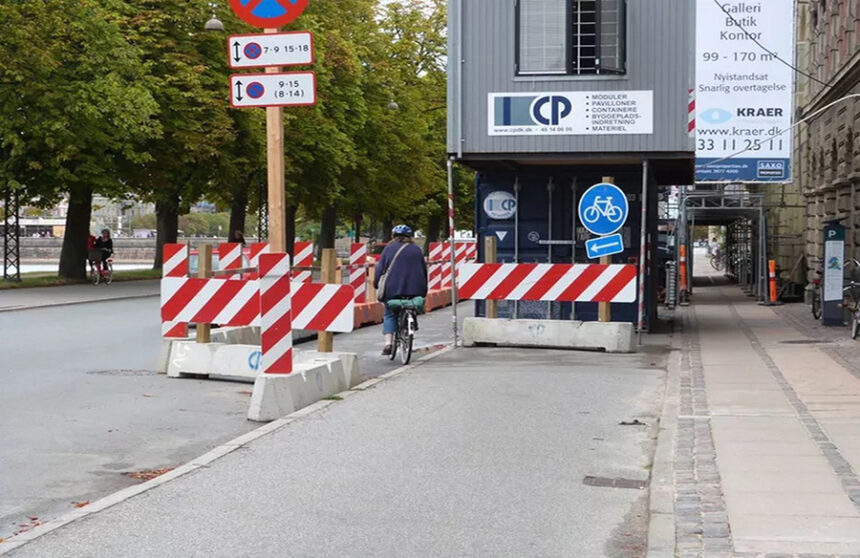Recent tragedies highlight the urgent need for safer streets and construction practices that protect vulnerable road users.

Mourning Lives Lost: The Ghost Bike Movement
In Toronto, a somber tradition known as the ghost bike ride commemorates cyclists killed in collisions with vehicles. These rides, organized by advocacy groups like Advocacy for Respect for Cyclists (ARC), serve as a poignant reminder of the human toll of road accidents. Tragically, many cyclists lose their lives in collisions involving heavy trucks, raising questions about road safety and urban planning priorities.
Understanding the Role of Concrete Trucks
Concrete trucks, essential in the construction industry, pose significant risks to cyclists and pedestrians. The time-sensitive nature of concrete delivery may incentivize drivers to prioritize speed over safety, contributing to a high number of fatal accidents. Furthermore, data reveal alarming trends, with dump or cement trucks implicated in a significant percentage of pedestrian and cyclist deaths.

Balancing Safety and Economic Growth
The construction boom in cities like Toronto underscores the tension between safety concerns and economic interests. As development projects proliferate, cyclists often find themselves navigating hazardous conditions due to construction-related lane closures and increased truck traffic. Despite growing calls for safer infrastructure, economic considerations frequently take precedence over public safety.
Addressing Systemic Failures
The tragic death of cyclist John Offutt sheds light on systemic failures in oversight and regulation within the trucking industry. Inadequate training and lax enforcement contribute to unsafe driving practices, putting cyclists and pedestrians at risk. Efforts to improve driver training and mandate safety features, such as side guards on trucks, are essential steps toward preventing future tragedies.

Advocating for Change
The construction industry must prioritize the safety of all road users, investing in measures to mitigate risks associated with truck operations. Enhanced visibility features and safety technologies can help reduce blind spots and prevent collisions. Moreover, urban planning policies should prioritize pedestrian and cyclist-friendly infrastructure, ensuring that construction projects integrate safe pathways for active transportation.
Shifting Towards Sustainable Urban Development
Beyond immediate safety concerns, there is a pressing need to reconsider urban development practices that prioritize car-centric infrastructure. Zoning regulations that favor automobile-oriented design perpetuate reliance on heavy trucks and contribute to congestion and pollution. Embracing mixed-use development and prioritizing pedestrian-friendly streetscapes can create safer, more sustainable cities for all residents.
Conclusion: A Call for Collective Action
As communities mourn the loss of cyclists and pedestrians, there is a collective responsibility to enact meaningful change. Advocates, policymakers, and industry stakeholders must collaborate to address systemic flaws and prioritize road safety in urban planning and construction practices. By fostering a culture of accountability and investing in safer infrastructure, we can honor the memory of those lost and create cities that prioritize the well-being of all residents.









Leave a Reply